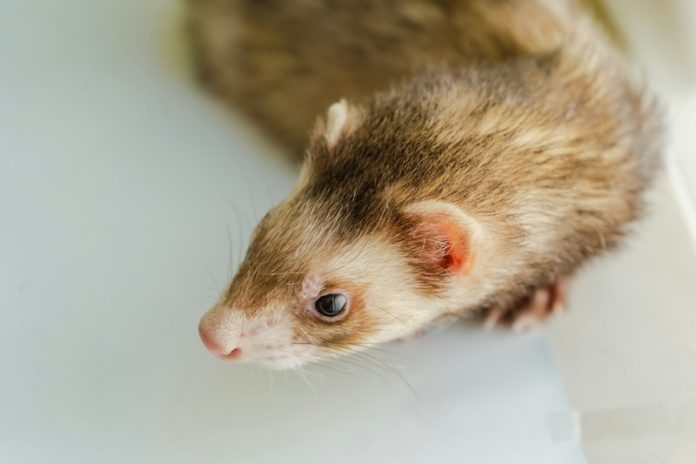
Once upon a time, before the bustling streets and towering skylines of modern North American cities, a quiet invasion was taking place.
It was not led by soldiers or machines, but by a small, unassuming creature: the brown rat.
Recent studies have shed light on the fascinating history of how these creatures became the dominant rat species in North America, revealing a story of survival, competition, and adaptation.
The story begins earlier than previously thought, with brown rats disembarking from ships onto North American shores well before the year 1740.
These ships, crisscrossing the Atlantic Ocean, served as the perfect vehicle for the brown rats, essentially acting as “rat superhighways.”
Upon their arrival, these rodents faced off against the black rats that had likely come over with Columbus and had established themselves in colonial cities.
However, the brown rats, larger and more aggressive than their black counterparts, quickly gained the upper hand. Their success can be attributed to several key advantages.
For one, brown rats prefer to live close to human populations, thriving in the waste and shelter our cities inadvertently provide. Furthermore, their dietary flexibility, particularly their fondness for animal products, allowed them to out-compete black rats for food resources.
Michael Buckley, one of the study’s authors, and his colleagues reached these conclusions by analyzing rodent bones excavated by archaeologists from various settlements and shipwrecks dating back to the founding of Jamestown.
This analysis not only provided a clearer timeline of the brown rat’s conquest but also highlighted the importance of shipping networks in their spread.
The dominance of the brown rat had significant implications for the ecology of North American cities. By the 1830s, historical accounts describe the near disappearance of black rats from urban areas, a testament to the brown rat’s ability to reshape its environment.
Today, both species still inhabit North American cities, but the brown rat is far more common. This prevalence is not without its problems, as rats are known carriers of diseases such as leptospirosis, murine typhus, and salmonella.
Understanding the behavioral tendencies and ecological preferences of brown rats can aid in controlling their populations and mitigating the health risks they pose.
For instance, since brown rats tend to stay on or near the ground, efforts to secure food waste on the ground can be particularly effective.
Efforts to control the rat population, such as New York City’s appointment of a “rat czar,” underscore the ongoing challenge these rodents present to urban centers.
Strategies that limit their access to food, by reducing animal products in waste, for example, are among the most effective measures.
This journey of the brown rat, from stowaway to urban conqueror, is a testament to the unforeseen ways in which animals adapt and thrive in human-altered landscapes.
Their story is a reminder of the complex interactions between humans, our creations, and the animal world, as well as the unintended consequences that can arise from those interactions.
The research findings can be found in Science Advances.
Copyright © 2024 Knowridge Science Report. All rights reserved.



